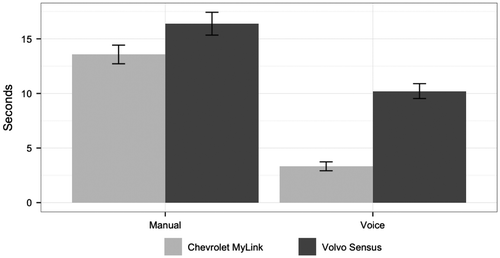Figures & data
Table 1. Mean age (and SD) of participants by age group, gender and vehicle.
Figure 1. Schematic representation of the experimental design. Half of the participants interacted with the embedded vehicle system (Chevrolet MyLink or Volvo Sensus) during the first half of the drive and half during the second.
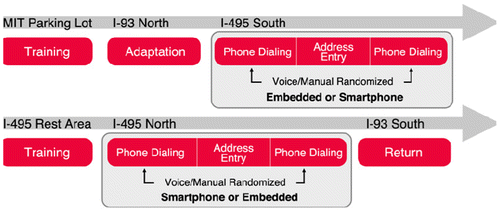
Table 2. Means (and standard errors) by phone calling task and embedded vehicle system (Chevrolet MyLink or Volvo Sensus) for measures used for analysis.
Figure 2. Mean self-reported workload ratings for all phone tasks by modality (manual or voice) and embedded system type (Chevrolet MyLink or Volvo Sensus) on a 0 (low) to 10 (high) scale.
Note: Error bars represent ±1 standard error.
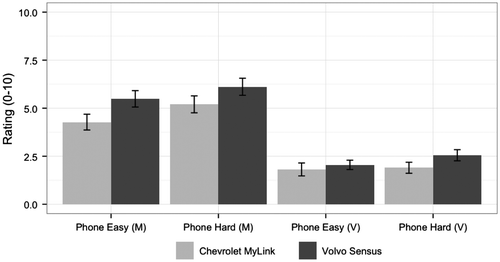
Figure 3. Mean completion time for phone calling by modality and type of embedded system.
Note: Error bars represent ±1 standard error.
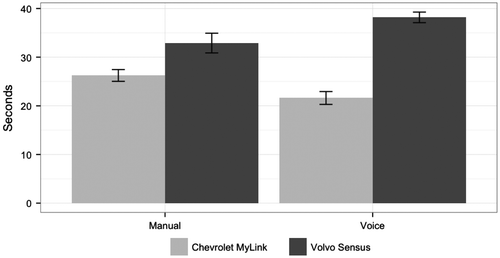
Figure 4. Mean single glance duration for all off-road glances during task periods by interface type and embedded system type.
Note: Error bars represent ±1 standard error.
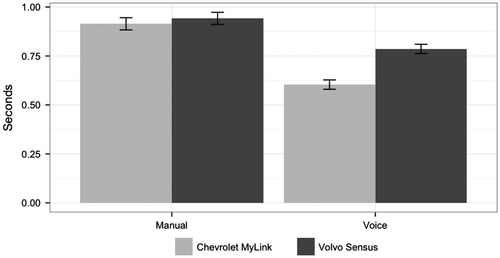
Figure 5. Percent of off-road glances greater than 2 s in duration.
Note: Error bars represent ±1 standard error.
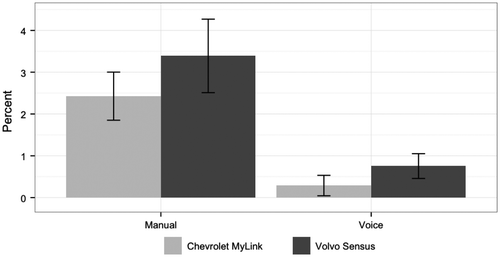
Figure 7. Mean percent change in standard deviation of speed (GPS) during phone task periods relative to baseline.
Note: Error bars represent ±1 standard error.

Table 3. Means (and standard errors) and results of Wilcoxon signed rank tests for the destination address entry tasks.
Table 4. Number of trials with errors and breakdown by type of error.
Table A1. Means (and standard errors) by phone calling task and embedded vehicle system (Chevrolet MyLink or Volvo Sensus). SD = standard deviation; kph = km/hr.
Table A2. Summary of ANOVA by ranks on the phone tasks for variables of vehicle, modality, and vehicle × modality. SD = standard deviation; kph = km/hr.
Table A3 Means (and standard errors) and results of Wilcoxon signed rank tests for variable measured during the destination address entry task periods. SD = standard deviation; kph = km/hr.
Figure 8. Characterisation of participant experience by trial for destination address entry. The stacked scaling represents individual drivers sorted by their experience for an individual trial (i.e. 40 drivers per vehicle). ‘RA Assist’ refers to prompting support provided by a research assistant as detailed in the methods.


